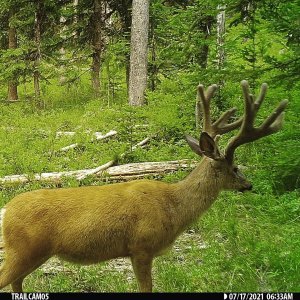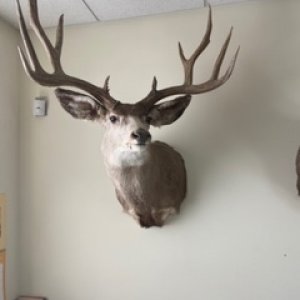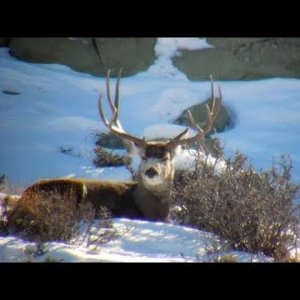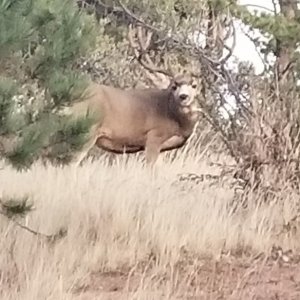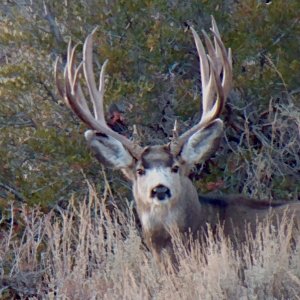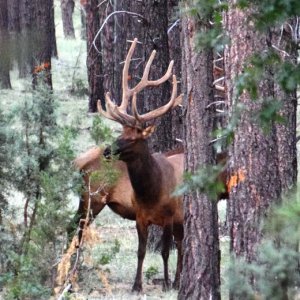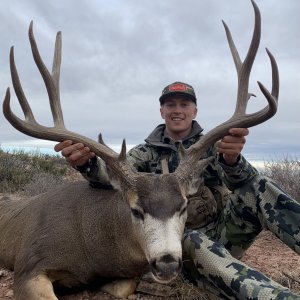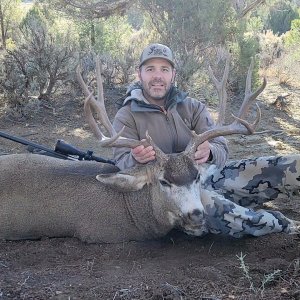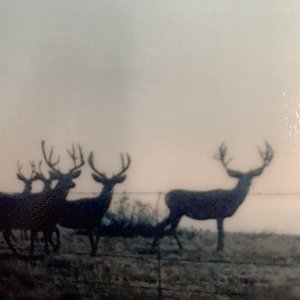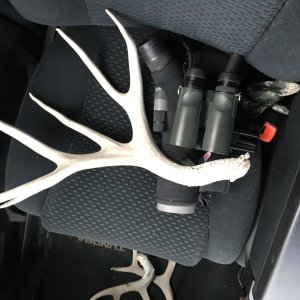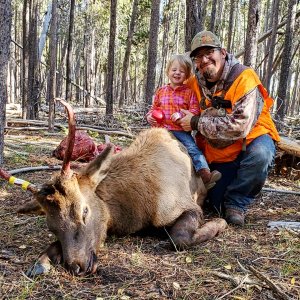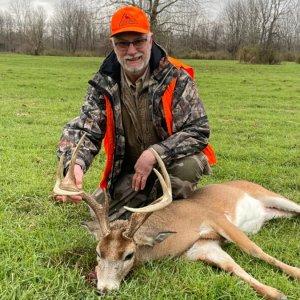>No 200" bucks or particularly 400"
>bulls have ever been from
>the cold and wet, EVER
>!!!
Maybe that's because the elk that live in cold wet areas are Roosevelt elk a different species. The deer that live in those same areas are typically black tail deer which are also different species.
I however saw a photo of a giant Washington elk today. It had to have been 450^
ive seen a photo of 400" plus bull in Saskatchewan
ive seen photos of 200" white tails in Canada
ive seen photos of 200" mule deer in Canada
Those areas are a lot colder and wetter then Arizona!
How come the south has such small white tail deer? You would think Alabama, Florida should be hot enough to grow big deer radiators?
4 things for antler growth
1. minerals and how the plants get the minerals. If its too wet the water can leach the minerals away from the plants. If its too dry the plants cant get the minerals.
2. An animal cant grow huge antlers if its replacing body mass including muscle and fat. Thats like a trying to turn a half starved man into Arnold Schwarzenegger.
3. Genetics it has to have the genetics to grow the antlers.
4. Age
Never seen anything that says deer or elk grow big horns to radiate their body heat. Id love to see your scientific findings or research on the subject though. It would be interesting reading!
Why is this site the worst out for browsing with
a phone or posting with a phone?

